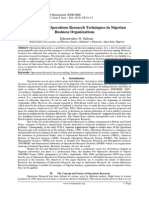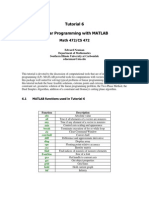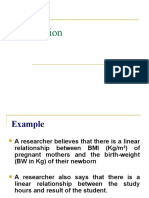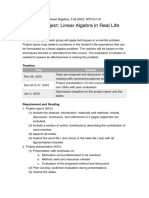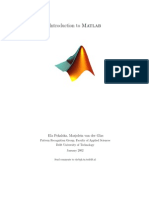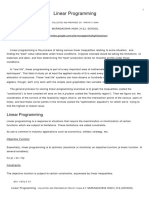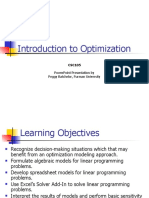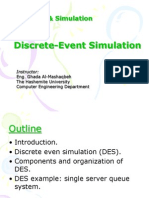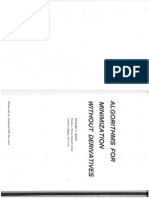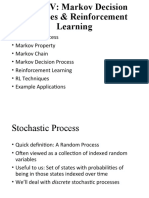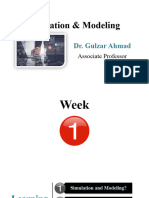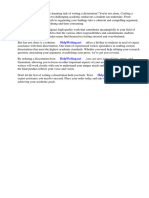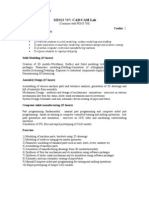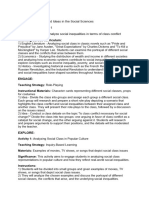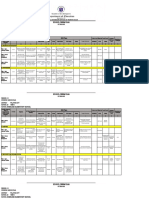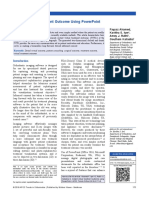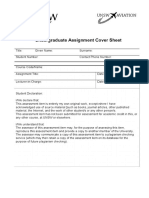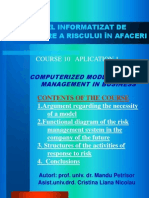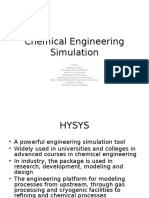0% found this document useful (0 votes)
30 views34 pagesLecture 1-Simulation and Modelling
The document outlines a course on Simulation and Modelling, detailing its assessment criteria, course synopsis, and learning outcomes. It covers key concepts such as systems, entities, types of models, and the advantages and disadvantages of simulation. Additionally, it discusses when simulation is not appropriate, providing ten rules for evaluation.
Uploaded by
mumarbutt10Copyright
© © All Rights Reserved
We take content rights seriously. If you suspect this is your content, claim it here.
Available Formats
Download as PDF, TXT or read online on Scribd
0% found this document useful (0 votes)
30 views34 pagesLecture 1-Simulation and Modelling
The document outlines a course on Simulation and Modelling, detailing its assessment criteria, course synopsis, and learning outcomes. It covers key concepts such as systems, entities, types of models, and the advantages and disadvantages of simulation. Additionally, it discusses when simulation is not appropriate, providing ten rules for evaluation.
Uploaded by
mumarbutt10Copyright
© © All Rights Reserved
We take content rights seriously. If you suspect this is your content, claim it here.
Available Formats
Download as PDF, TXT or read online on Scribd
/ 34


